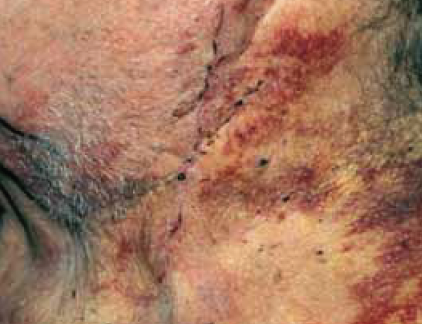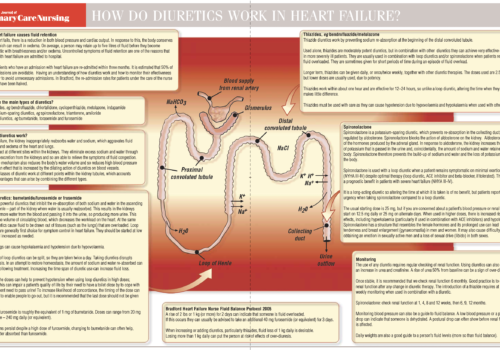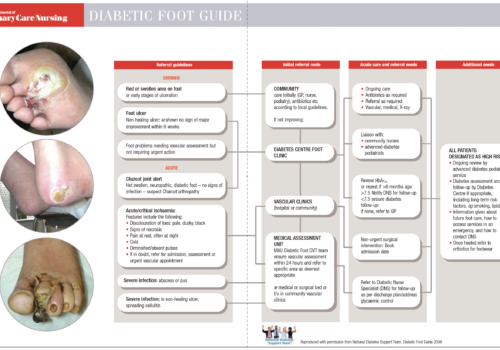Vascular surgery is an area that is constantly evolving, with new techniques being developed and existing ones improved. It is used to remove atheroma from arteries – including cardiac and carotid arteries and to treat varicose veins. In this article, we review the range of different types of vascular surgery that patients may undergo. What do they involve and when are they used?
The Importance of Belonging: Nurse Forums and Networks
Advances in Vascular Surgery
Editorial
New starts. It may be a cliché, but the end of each year and the first month of the next one offer the chance for a new start for us all – health professionals and patients. And for the British Journal of Primary Care Nursing (BJPCN), we have a whole selection box of new starts for our readers and the patients we care for
Finger Pricking Good: Optimising Self-Testing of Blood Glucose in Diabetes
Finger pricking or self-monitoring of blood glucose (SMBG) – which patients with diabetes can regularly use to check their own blood sugar levels – is not cheap. Most practices spend 40% more on blood testing strips than on oral hypoglycaemic drugs. Dr Karet carefully reviews the evidence for which patients we should be advising to selfmonitor, how often they should test their blood glucose and – most importantly – how they should act on the results.
Making the Most of Insulins in Primary Care
Insulin therapy has, historically, been initiated and managed by specialist services in secondary care. However, the recent shift in focus from secondary to primary care services, together with the fact that insulin therapy in type 2 diabetes is becoming more common, means that many GPs and practice nurses are becoming increasingly involved in insulin management. This article reviews the different types of insulin now available and how to use them, with the aim of unravelling some of the mysteries surrounding insulin management.
Back to Basics: How do diuretics work in heart failure
Secondary Hypertension: Digging Beneath the Surface
Secondary hypertension, in which patients have an underlying cause for their raised blood pressure, occurs in about 5–10% of patients with high blood pressure. It is found more commonly in younger people. These patients can be identified by careful screening and as part of their initial assessment. In this article, we explore the possible causes of secondary hypertension, how to detect them and how they should be managed.
What’s on the Menu? Eating Out with Diabetes and Heart Disease
Learning to accept and live with a chronic condition such as diabetes or coronary heart disease (CHD) is as crucial a part of treatment as medications. As eating outside the home is increasingly a feature of today’s society, it is important that patients with diabetes or CHD feel able to enjoy meals out without any feelings of guilt. In this article, we suggest practical tips for helping patients with diabetes and heart disease to eat out healthily.
Stub it out: Optimising Smoking Cessation
Smoking will be banned in public places in England and Wales next year, in line with bans already in place in Scotland and Ireland. PCTs are likely to experience an increase in demand from smokers accessing services to help them quit. It is estimated that there will be around a 50% increase over normal demand from three months before the date of implementation, with the government predicting that around 600,000 people will decide to quit as a result of the legislation. The seasonal nature of stop smoking attempts means that the period between January and April is already a very busy time. This article reviews what practices can do to ensure they are well prepared.
Editorial: COPD
Being able to take a deep breath of fresh air is something that most of us take completely for granted. But for our patients with asthma, chronic obstructive pulmonary disease (COPD), other respiratory diseases such as sleep apnoea, and allergic disorders such as rhinitis, taking a deep breath may not be so easy.























